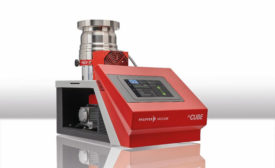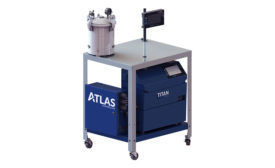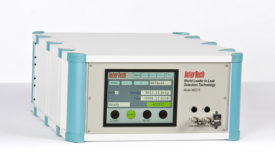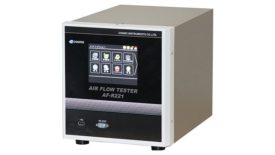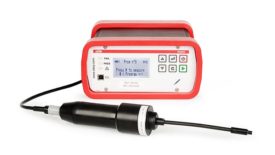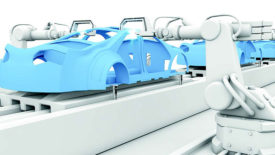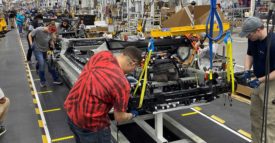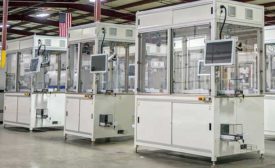Home » Keywords: » leak testing
Items Tagged with 'leak testing'
ARTICLES
Dealing With the Helium Shortage
Assemblers that depend on helium for leak testing are looking for alternatives.
June 12, 2023
Inside GE Appliance's State-of-the-Art Water Heater Assembly Plant
A factory that used to mass-produce refrigerators now assembles water heaters.
May 1, 2023
Vote for Best in Show at The ASSEMBLY Show South
What will be the best new product on display at The ASSEMBLY Show South? You decide!
March 7, 2023
Never miss the latest news and trends driving the manufacturing industry
Stay in the know on the latest assembly trends.
JOIN TODAY!Copyright ©2024. All Rights Reserved BNP Media.
Design, CMS, Hosting & Web Development :: ePublishing
